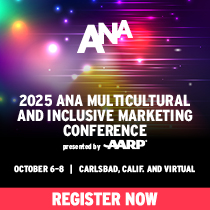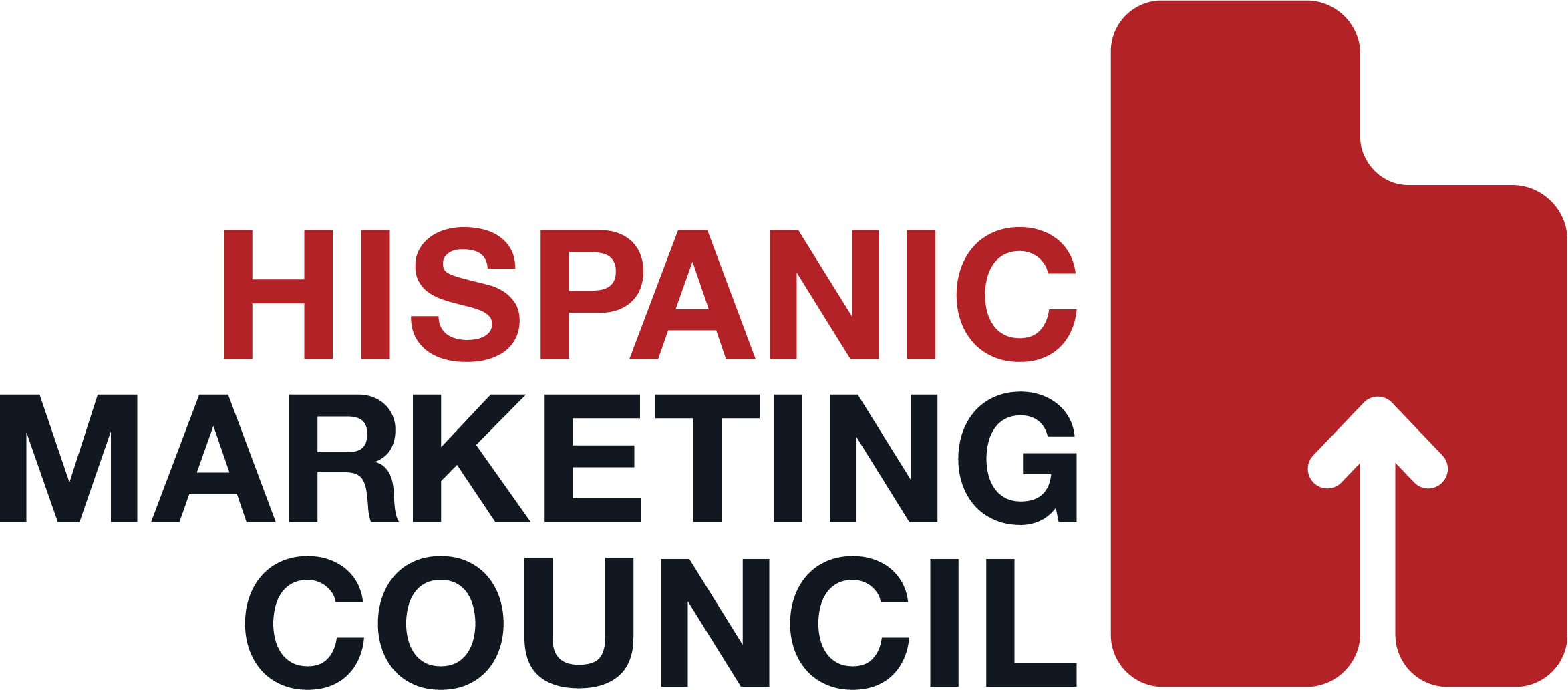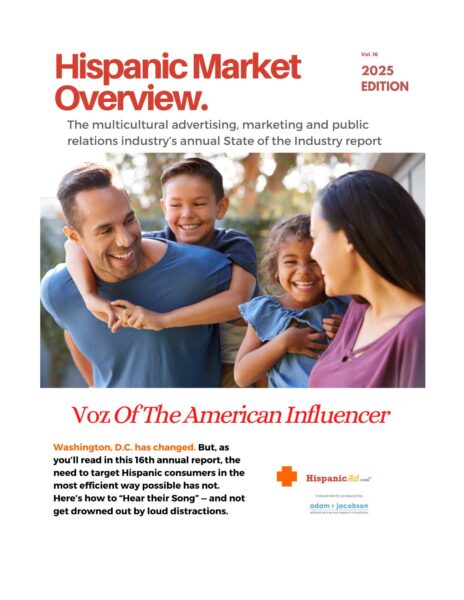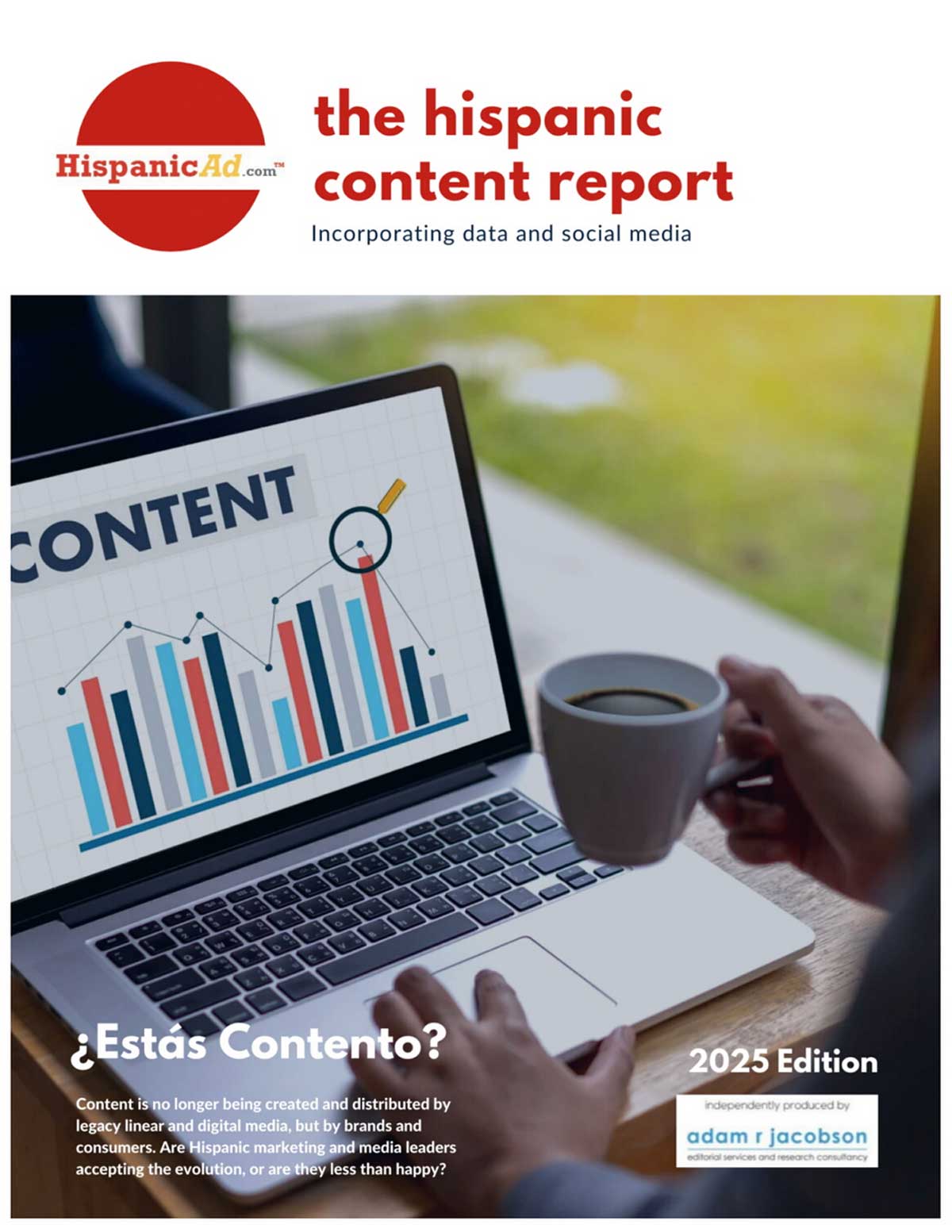 It takes a concerted effort to develop a successful integrated marketing campaign. Every channel plays its part in driving consumers toward making a purchase and beyond. A campaign’s performance ultimately comes down to nailing the right time and place to deliver it.
It takes a concerted effort to develop a successful integrated marketing campaign. Every channel plays its part in driving consumers toward making a purchase and beyond. A campaign’s performance ultimately comes down to nailing the right time and place to deliver it.
Social Marketing
How Digital Integration Helps Direct Mail Deliver
In A Highly Effective Location Targeting Ad Ecosystem, Up to 65% Of Spend Is Still Wasted On Poor Quality And Mistargeted
 Despite strong results being realized by brands from location targeting advertising, nearly two-thirds of spend is still being wasted because of poor quality data and mistargeted location impressions.
Despite strong results being realized by brands from location targeting advertising, nearly two-thirds of spend is still being wasted because of poor quality data and mistargeted location impressions.
The latest social media trends to know in 2019 [REPORT]
 Social media isn’t a stagnant thing – it continuously evolves, as does the way users engage with it. The only way to reach these users efficiently is to stay on top of the latest insights into social platforms and allow them to inform your strategies.
Social media isn’t a stagnant thing – it continuously evolves, as does the way users engage with it. The only way to reach these users efficiently is to stay on top of the latest insights into social platforms and allow them to inform your strategies.
Influencers Have More Sway Among D2C Shoppers
![]() Scrolling through social media, it’s hard not to be influenced by influencers. Do you need another carry-on bag? Probably not. But do you have to have it after you saw an influencer capturing its essence on the hills of Santorini, and you suddenly saw yourself there? Of course you do.
Scrolling through social media, it’s hard not to be influenced by influencers. Do you need another carry-on bag? Probably not. But do you have to have it after you saw an influencer capturing its essence on the hills of Santorini, and you suddenly saw yourself there? Of course you do.
Univision launches Bilingual Podcast
 Univision Communications Inc and POPSUGAR announced the launch of “Juntos We Shine,” a new podcast that showcases the stories of remarkable men and women who are committed to making a difference in their communities. “Juntos We Shine” marks the first time that POPSUGAR has teamed up with the Spanish-language media company for a podcast.
Univision Communications Inc and POPSUGAR announced the launch of “Juntos We Shine,” a new podcast that showcases the stories of remarkable men and women who are committed to making a difference in their communities. “Juntos We Shine” marks the first time that POPSUGAR has teamed up with the Spanish-language media company for a podcast.
How Authentic Can an Influencer Really Be? [PODCAST]
![]() eMarketer principal analyst Debra Aho Williamson discusses the influencer shift toward authenticity, and why influencer marketing may soon become regulated. She also assesses Facebook’s mind-reading program, a TikTok smartphone and Apple’s new credit card.
eMarketer principal analyst Debra Aho Williamson discusses the influencer shift toward authenticity, and why influencer marketing may soon become regulated. She also assesses Facebook’s mind-reading program, a TikTok smartphone and Apple’s new credit card.
Social PR Industry Leader Launches Female Disruptors
 Lisa Buyer officially announces the launch of Female Disruptors, a news and education site featuring women and for women.
Lisa Buyer officially announces the launch of Female Disruptors, a news and education site featuring women and for women.
Is Influencer Marketing Killing Culture?
![]() Influencer marketing stands at a crossroads. Influencer scandals, the introduction and growing acceptance of fakeness and overall low quality of influencers themselves have all contributed to a declining relevance among consumers. Despite the canary in the digital coal mine, brands continue to increase their influencer marketing budgets and employ more digital tools in an attempt to connect with consumers and drive engagement.
Influencer marketing stands at a crossroads. Influencer scandals, the introduction and growing acceptance of fakeness and overall low quality of influencers themselves have all contributed to a declining relevance among consumers. Despite the canary in the digital coal mine, brands continue to increase their influencer marketing budgets and employ more digital tools in an attempt to connect with consumers and drive engagement.
Half of U.S. Consumers Now Buying Disruptor Brands [REPORT]
 The IAB, the national trade association for the digital media and marketing industries, released “Disrupting Brand Preference,” a study that shows that disruptor brand shoppers comprise 48 percent of all U.S consumers. They are younger than incumbent brand-only shoppers, with 84 percent under 54 years old, and are likelier to have a household income of more than $75,000. In addition, direct-to-consumer (DTC) buyers use their favorite brands as vehicles for self-promotion, with twice as many compared to incumbent brand-only shoppers saying that they choose brands to express “who I am.”
The IAB, the national trade association for the digital media and marketing industries, released “Disrupting Brand Preference,” a study that shows that disruptor brand shoppers comprise 48 percent of all U.S consumers. They are younger than incumbent brand-only shoppers, with 84 percent under 54 years old, and are likelier to have a household income of more than $75,000. In addition, direct-to-consumer (DTC) buyers use their favorite brands as vehicles for self-promotion, with twice as many compared to incumbent brand-only shoppers saying that they choose brands to express “who I am.”
Retailers Increase Spending Via Digital Channels, Focusing on Mobile and Search Advertising
![]() Retailers’ digital ad spend parallels that of the overall US digital ad market this year, growing 19.1%, according to our latest forecast. For this industry, mobile and search advertising dominate ad spend allocation.
Retailers’ digital ad spend parallels that of the overall US digital ad market this year, growing 19.1%, according to our latest forecast. For this industry, mobile and search advertising dominate ad spend allocation.
The fine line between virtual influencers and brand deception

Lil Miquela posted her first Instagram post in 2016. Three years later and she has over 1.6 million followers. Not bad for someone who is not even real. Brands are increasingly using virtual influencers like Lil Miquela, but where does virtual brand ambassador cross over into brand deception? by Nigel Hollis
Why Brands Can’t Afford to Ignore Social Issues Impacting Black Consumers [PODCAST]
 In this conversation, we will explore how brands can play a role in addressing social justice issues in the Black American community by helping improve the lives of Black American consumers while driving brand engagement, loyalty, and sales.
In this conversation, we will explore how brands can play a role in addressing social justice issues in the Black American community by helping improve the lives of Black American consumers while driving brand engagement, loyalty, and sales.
Look Before You Leap – Considerations for marketers thinking about bringing digital media in-house
 At the end of 2017, Adobe published a report showing that almost two-thirds (62 percent) of marketers planned to take all their programmatic media buying in-house by 2022, with the remaining 38 percent planning to take some elements of programmatic under direct control in the same period. A 2018 ANA report showed a similar effect from in-housing. The ANA’s “The Continued Rise of the In-house Agency” report, which replicated and updated similar studies from 2013 and 2008, found that the number of advertisers with in-house agencies has grown substantially, standing today at 78 percent of brands, compared to 58 percent five years ago and just 42 percent a decade back. Sixty-five percent of advertisers said that the in-house agency workload had grown “substantially” in the past year.
At the end of 2017, Adobe published a report showing that almost two-thirds (62 percent) of marketers planned to take all their programmatic media buying in-house by 2022, with the remaining 38 percent planning to take some elements of programmatic under direct control in the same period. A 2018 ANA report showed a similar effect from in-housing. The ANA’s “The Continued Rise of the In-house Agency” report, which replicated and updated similar studies from 2013 and 2008, found that the number of advertisers with in-house agencies has grown substantially, standing today at 78 percent of brands, compared to 58 percent five years ago and just 42 percent a decade back. Sixty-five percent of advertisers said that the in-house agency workload had grown “substantially” in the past year.
Is Influencer Impact on Brand Image and Safety a Concern for Marketers?
![]() Earlier this month, a widely publicized feud broke out between two well-known beauty influencers, Tati Westbrook and her protege James Charles. Bypassing the rather complex details, the debacle ensued after Charles posted an Instagram ad for SugarBearHair vitamins, a direct competitor of Westbrook’s Halo Beauty vitamins.
Earlier this month, a widely publicized feud broke out between two well-known beauty influencers, Tati Westbrook and her protege James Charles. Bypassing the rather complex details, the debacle ensued after Charles posted an Instagram ad for SugarBearHair vitamins, a direct competitor of Westbrook’s Halo Beauty vitamins.
How to Make the Most of Stories on Social Media
 Marketers should use all the tools of social to connect with their audiences
Marketers should use all the tools of social to connect with their audiences
What Types of Personalized Content Appeal to Consumers?
![]() Finding the right balance when serving personalized content to consumers can be tricky. But marketers that do this successfully understand that fostering better communication with their target audience is key.
Finding the right balance when serving personalized content to consumers can be tricky. But marketers that do this successfully understand that fostering better communication with their target audience is key.
People in Emerging Economies Worry Social Media Sow Division [REPORT]
![]() In Vietnam, about half of adults say social media are at least somewhat important for keeping up with political news and other developments. Above, Vietnamese activist La Viet Dung has alleged Facebook may be helping to suppress online dissent.
In Vietnam, about half of adults say social media are at least somewhat important for keeping up with political news and other developments. Above, Vietnamese activist La Viet Dung has alleged Facebook may be helping to suppress online dissent.
98.55% of People use at Least 4 Social Media Platforms Daily [REPORT]
 The growing popularity of social media took an unusual turn and has become one of the most effective advertising platforms.
The growing popularity of social media took an unusual turn and has become one of the most effective advertising platforms.
How Social Media Users Have—and Have Not—Responded to Privacy Concerns
![]() The Facebook Cambridge Analytica revelations changed the way people in the US think about online privacy. And it should come as no surprise that many have grown wary over the mishandling of personal information.
The Facebook Cambridge Analytica revelations changed the way people in the US think about online privacy. And it should come as no surprise that many have grown wary over the mishandling of personal information.
Offensive Content on Platforms Turns Off Consumers, Tarnishes Ads
![]() Brand safety remains a concern, and one wrong move by marketers can tarnish consumer sentiment. So what do the negative perceptions caused by consumers encountering offensive content mean for brands and the platforms that carry their advertising?
Brand safety remains a concern, and one wrong move by marketers can tarnish consumer sentiment. So what do the negative perceptions caused by consumers encountering offensive content mean for brands and the platforms that carry their advertising?



























